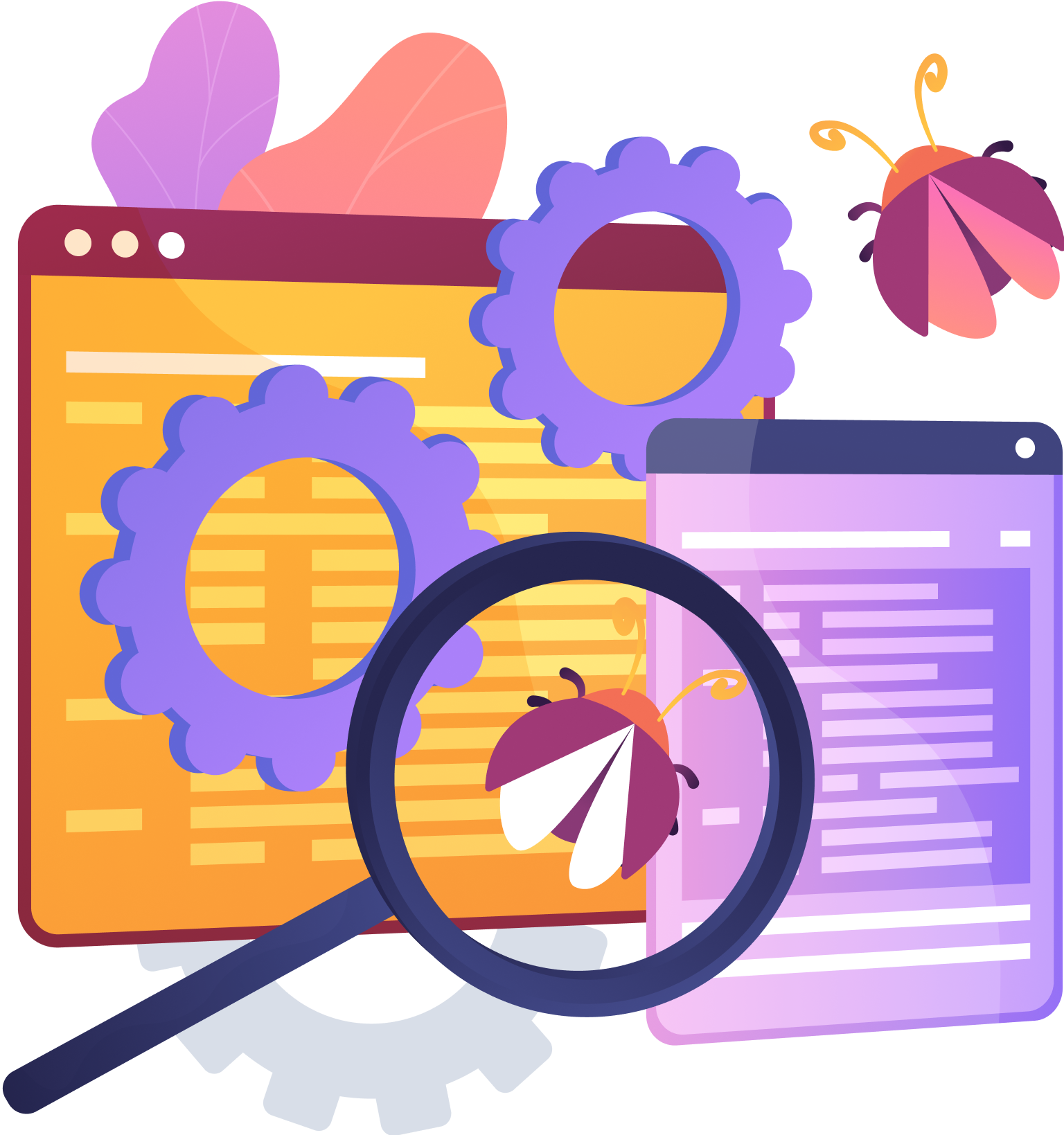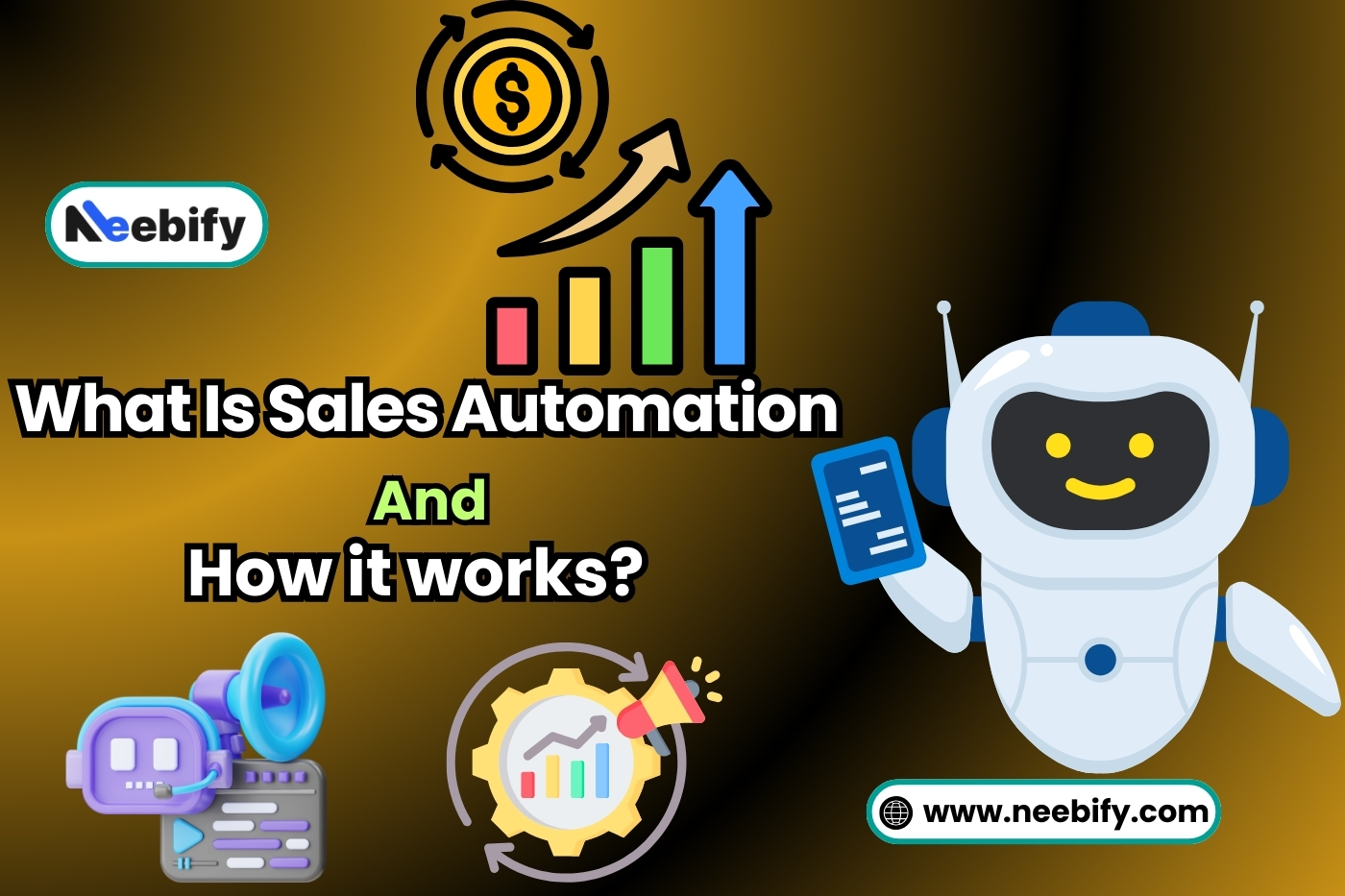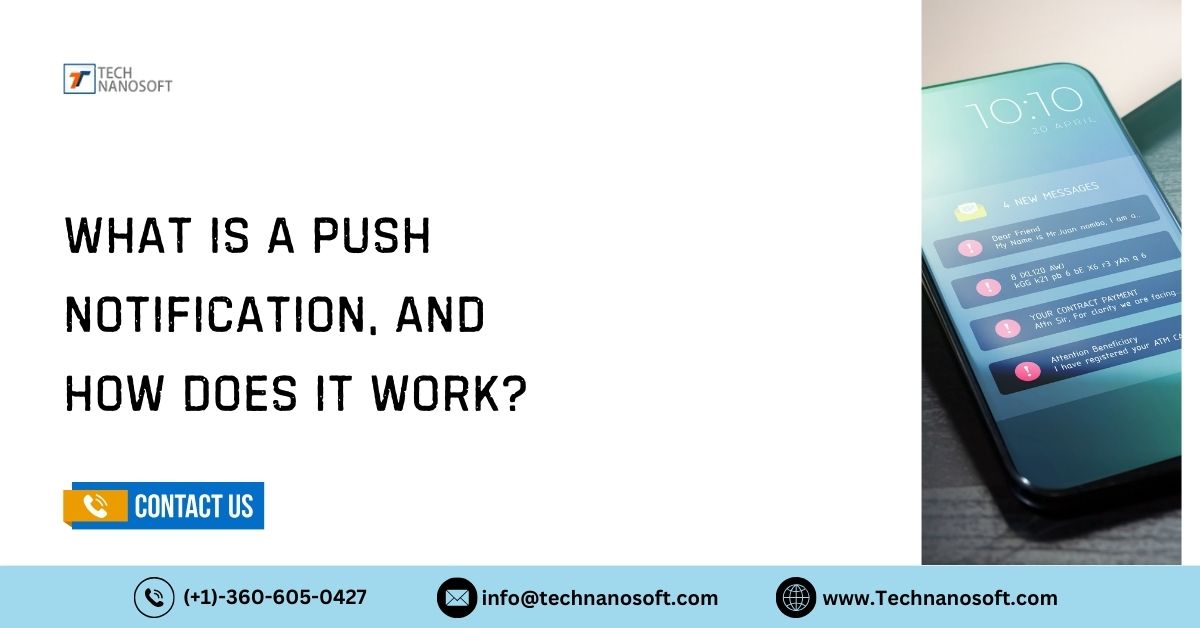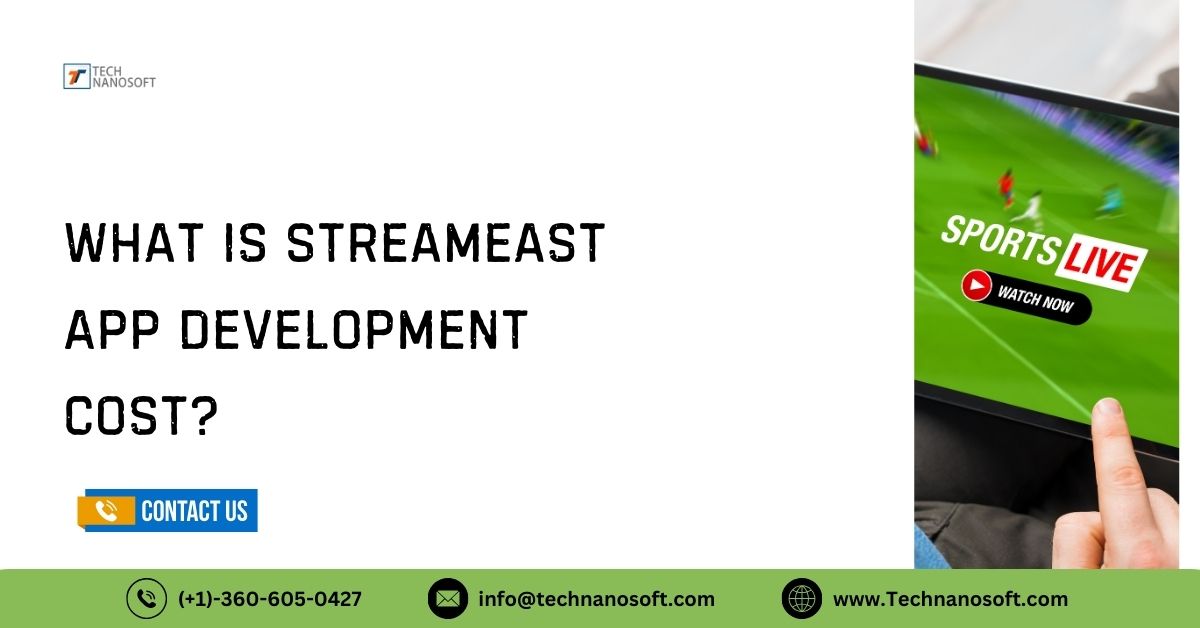The main component of IOT and use cases
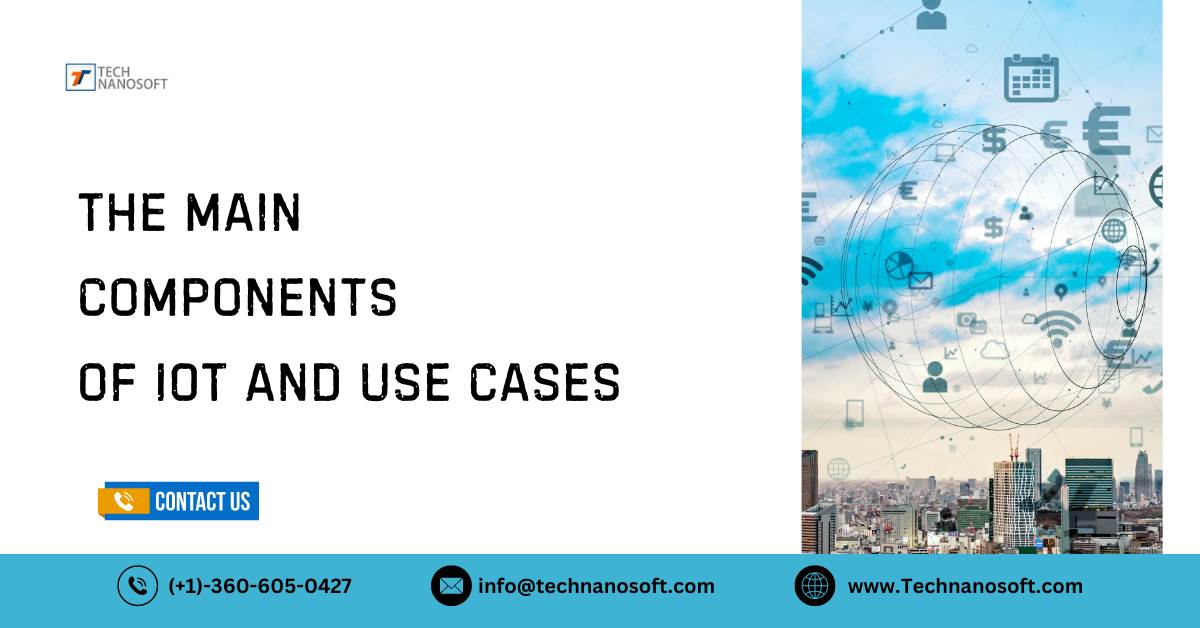
Everyone knows how important the Internet of Things is in today's world. A network is a group of connected servers, data centers, and devices. It helps people communicate, share information, and access online services more easily. This connected system allows for automation, decision-making based on data, and better efficiency in the area.
The main parts of the components of IoT are important to know to understand how it works and what it means. Internet of Things (IoT) is one of the most well-known and important technologies today. It helps connect a lot of different gadgets. Not many people understand how IoT sends info from end devices to phones.
What is IoT?
The iot network components of devices that are all linked to each other. These devices can be anything from common electronics like smartphones and wearable tech to important machinery in factories and home appliances. These devices work together to gather and send data without any problems.
Devices can talk to both other devices and centralized systems through this network. This is the start of an era of automation and control. The Internet of Things (IoT) blurs the lines between the real world and the digital world, changing the way we interact with our surroundings in basic ways. By utilizing IoT technologies, both people and businesses can gain valuable insights, streamline processes, and improve efficiency in a wide range of fields, including but not limited to transportation, manufacturing, healthcare, and agriculture.
How Does IoT Actually Perform?
IoT is made up of a complex network of linked parts, each of which is very important to the flow of data and information. At its core, IoT depends on sensors built into gadgets to gather information about their surroundings. These sensors then send the data to a central hub, which is often called an IoT platform or gateway.
There, it is handled and analyzed. Wi-Fi, Bluetooth, or cellular networks are examples of wireless technologies that can be used to send this information to other devices or systems so that they can move or make decisions. In addition, cloud computing and edge computing are often used in IoT systems to handle and store huge amounts of data safely. In the end, IoT gives people and businesses the power to make smart choices, automate tasks, and come up with new ways to solve tough problems.
The Main 7 Components of IOT
Devices and Sensors
Devices and sensors are essential components of the Internet of Things (IoT), as they collect data and interact with the physical environment. They collect vital data, ranging from rudimentary temperature and humidity sensors to advanced gadgets such as smartwatches and industrial machines. These devices are equipped with sensors, actuators, and transmission modules, which enable them to gather and transmit data to other components.
This facilitates smooth interaction and interchange of data within the Internet of Things (IoT) environments. The variety and functionality of these devices are crucial in enabling a wide range of applications, including but not limited to monitoring environmental conditions, facilitating smart home automation, and optimizing industrial processes. These applications contribute to innovation and efficiency across numerous disciplines.
connectivity
Connectivity is of utmost importance in the Internet of Things (IoT) since it allows devices to communicate and exchange data via the internet. This connectivity is facilitated by a range of communication technologies, including Wi-Fi, Bluetooth, Zigbee, andSelular iot network components. Various factors, including communication range, data transmission speed, power consumption, and application requirements, influence the selection of connectivity.
The selection of an appropriate connectivity option is of utmost importance, whether it pertains to short-range communication for smart home devices or wide-area coverage for industrial sensors. The integration of devices, technologies, and systems is facilitated, promoting interoperability and scalability in the deployment of Internet of Things (IoT) systems.
Data Processing and Analytics
The Internet of Things (IoT) produces huge quantities of data, which requires strong processing and analytics capabilities. Edge computing, a crucial component of Internet of Things (IoT) architecture, entails the local processing of data on devices or edge servers, hence mitigating latency and minimizing bandwidth use. Cloud-based platforms and advanced analytics tools improve the processing, storage, and analysis of data on a large scale.
Utilizing immediate insights and recognizing patterns from the Internet of Things data allows for well-informed decision-making and practical insights in several fields, such as predictive maintenance in manufacturing and personalized healthcare interventions, promoting efficiency and creativity.
Cloud Computing
Cloud computing is essential for IoT since it provides scalable computing resources and storage capacities necessary to handle the large amount of data produced by IoT devices. Cloud systems simplify the process of adding new users, overseeing operations, and accessing data from a distance, making deployment and operations more efficient.
They offer crucial services for data processing, storage, and application development, enabling organizations to utilize the promise of IoT fully. Cloud computing speeds up digital transformation and innovation in IoT deployments by offering real-time analytics and seamless integration with current systems.
Security
Security is crucial in IoT implementations due to the large number of interconnected devices and the serious repercussions of breaches. Strong security methods such as device authentication, data encryption, secure communication protocols, and access control mechanisms are necessary to protect IoT ecosystems.
Consistent software updates and vulnerability assessments help reduce security risks and provide ongoing protection against changing threats. Organizations may ensure the security of their IoT systems by prioritizing IoT security. This helps protect sensitive data, restrict unauthorized access, and preserve trust and integrity in their IoT deployments, creating a secure and strong digital infrastructure.
Internet of Things Platforms
IoT platforms are fundamental for overseeing and coordinating IoT deployments, enabling connectivity across devices, applications, and cloud services. They provide a range of tools and services for managing, developing, and deploying devices tailored to various infrastructure challenges and scenarios.
IoT platforms simplify the creation and management of IoT solutions by offering functions such as data intake, device provisioning, and analytics integration. By utilizing standardized protocols and compatible interfaces, they enable organizations to create scalable and interoperable IoT ecosystems, which speeds up time-to-market and fosters creativity in IoT deployments.
Applications and User Interfaces
IoT applications act as the intermediary between people and networked devices, utilizing their data and capabilities to provide important insights and functions. Consumer-oriented applications for smart home automation and industrial-focused applications for predictive maintenance systems allow users to interface with and operate IoT devices effortlessly.
User interfaces, such as web apps, mobile apps, and voice-activated assistants, offer user-friendly and easily accessible methods for consumers to oversee and control IoT devices. IoT applications improve convenience, efficiency, and engagement by focusing on usability and user experience, leading to increased acceptance and satisfaction among users.
How is IOT Utilized in Digital Transformation?
The Internet of Things (IoT) is crucial for advancing digital transformation in various industries through the use of interconnected devices and data-driven insights to transform processes and improve customer experiences. Retail utilizes IoT-enabled smart shelves and inventory management systems to enhance stock levels, facilitate restocking, and tailor marketing techniques to customer behaviour.
In transportation and logistics, IoT tracking devices and predictive analytics are used to optimize route planning, reduce fuel consumption, and improve supply chain visibility, leading to operational efficiency and cost savings.
How Can IoT Used as Part of a Business's Digital Transformation Strategy?
Incorporating IoT into a company's digital transformation strategy involves utilizing interconnected devices, data analysis, and automation to improve operations, boost decision-making, and gain a competitive edge. Companies may use IoT sensors in industrial facilities to monitor equipment performance in real-time, predict maintenance needs, and prevent costly breakdowns, maintaining smooth production operations and reducing downtime.
IoT-enabled smart devices and virtual assistants enhance customer service and engagement by offering personalized experiences, improving service quality, and building brand loyalty. This enriches the customer journey and enhances market positioning.
IOT Use cases in a Variety of Industries
Retail
IoT is changing the way stores work and how they talk to customers in the retail field. Smart shelves with Internet of Things (IoT) sensors automatically keep track of how much inventory a store has. This helps stores handle their stock better and cut down on instances of running out of items.
Beacon technology driven by the Internet of Things (IoT) also lets marketers send specific deals and offers to customers' phones based on where they are in the store. IoT-enabled checkout systems also make it easier to buy things by letting you use contactless payments and self-checkout kiosks, among other handy options. This makes shopping more enjoyable for customers and more efficient for retailers.
Smart Cities
IoT is a key part of building smart towns, which use interconnected sensors and devices to make city services and infrastructure better. Smart traffic control systems use IoT sensors and data analytics to track traffic in real-time, make sure that signal timing is perfect, and clear out city streets of traffic jams.
IoT-enabled waste management solutions also use sensors to keep an eye on how much trash is in bins. This makes it easier for trash to be collected and lowers the costs of running cities. Smart street lighting systems also change the level of brightness based on the amount of light in the area. This saves energy and helps the environment in cities.
Energy Management
IoT technologies are changing the way energy is managed by letting businesses see and change how they use energy in real-time. Smart metres with Internet of Things (IoT) sensors give businesses and homeowners specific information about how much electricity they use so they can find inefficient areas and take steps to save energy.
IoT-enabled building automation systems also control lighting, heating, and cooling based on the number of people in the building and the weather. This cuts down on wasted energy and lowers electricity bills. IoT-powered predictive maintenance solutions also help utility companies keep an eye on the health of important equipment like power lines and transformers. This lets them do preventative maintenance to avoid costly breakdowns and service interruptions.
Managing The Supply Chain
IoT is changing the way supply chain management is done by letting everyone in the transport network see and track things in real time. IoT-enabled asset tracking devices let businesses keep an eye on where shipments are, how they're doing, and what their state is. This lets them make more accurate ETA predictions and solve problems before they happen if there are delays or interruptions.
IoT devices built into warehouses and storage facilities also keep an eye on things like temperature and humidity to make sure that sensitive inventory and goods that go bad quickly are stored in the best way possible. IoT-powered predictive analytics also help businesses better predict demand, keep the right amount of goods on hand, and make the whole supply chain more efficient.
Healthcare
There are many creative ways that IoT can be used in healthcare that make it stand out. IoT-enabled medical gadgets with sensors and connectivity features change the way patients are cared for by letting doctors keep an eye on them from afar. This feature lets healthcare professionals keep an eye on their patient's vital signs and other health indicators from afar, which encourages early action and help.
Also, analyzing health data from these devices in real-time improves the accuracy and usefulness of personalized care. This lets doctors make treatment plans that are more specifically tailored to each patient's needs, which saves time and money.
Agriculture
The Internet of Things (IoT) technologies have a huge impact on agriculture. When IoT devices are put in fields, they collect a lot of useful information, such as how wet the soil is, the weather, and signs of crop health. With this useful information, farmers can make decisions based on data to improve watering methods and make sure crops get the right amount of water at the right time.
Farmers can support sustainable farming practices while increasing crop yields by fine-tuning irrigation strategies. This will help with food security and environmental protection efforts around the world.
Manufacturing
In the production industry, IoT is a game-changer that changes how operations are run and how much they produce. IoT-driven machines have sensors and connection features that let different parts of the manufacturing process talk to each other and share data easily. This connectivity makes it possible to check on the performance of equipment in real-time, which lets repair and troubleshooting be done before they happen, reducing downtime and keeping production processes from being interrupted in a way that costs a lot.
Also, predictive maintenance systems use IoT data analytics to guess when equipment will break down before it does. This lets maintenance workers act quickly and make the best use of maintenance plans. This means that makers can boost productivity and cut costs while still meeting strict quality standards and quickly meeting customer needs.
READ ASLO- How is Salesforce certification verification required in 2024?
How Can Technanosoft offer Full Assistance For IoT?
Technanosoft provides a variety of services designed to assist IoT projects, offering comprehensive support to clients throughout their IoT endeavours. Technanosoft's proficiency in IoT allows organizations to efficiently manage the intricacies of linked technology, from strategic planning to deployment and continuous maintenance.
IoT Strategy Development: Technanosoft works with clients to create customized IoT strategies that are in line with their business goals. We provide a strategic plan for successful IoT implementation by evaluating needs and recognizing potential advantages, leading organizations to accomplish their objectives with accuracy and effectiveness.
Hardware and Sensor Selection: Our staff aids in choosing appropriate hardware components and sensors for IoT systems. Technanosoft provides clients with either pre-made devices or customized hardware development to ensure IoT environments have the essential tools for data collecting and networking, enhancing performance and dependability.
IoT Software Development: Technanosoft specializes in creating personalized IoT software solutions to meet the specific needs of clients. We provide software services that interact with current systems, enabling organizations to maximize the benefits of their IoT investments by establishing IoT platforms, developing data visualization applications, and applying analytics tools.
Integration Services: Our company offers specialized integration services to link IoT systems with clients' current IT infrastructure. Technanosoft enables smooth integration and interoperability whether integrating devices to cloud platforms, enterprise systems, or third-party apps, enabling seamless data interchange and workflow automation.
Data Analytics and Insights: Technanosoft utilizes advanced analytics methodologies to assist clients in extracting meaningful insights from IoT data. We empower organizations to make informed decisions and drive innovation by providing real-time monitoring, predictive analytics, and machine learning algorithms to derive data-driven insights.
Security and Compliance: Technanosoft prioritizes security in IoT deployments by providing strong protection against cyber attacks and adhering to industry laws. We secure IoT infrastructure and sensitive data by implementing encryption, access restrictions, and security best practices to ensure regulatory compliance and provide clients piece of mind.
Assistance and Upkeep: Technanosoft provides continuous support and maintenance services to enhance the performance and dependability of IoT solutions beyond their development phase. We guarantee continuous operation by implementing proactive monitoring, troubleshooting, and updates, enabling clients to concentrate on their primary business tasks without any interruptions.
Frequently Asked Questions About The Components of IoT:
Q.1- What are the key components of IoT?
A- The main elements of IoT include devices, sensors, networking technologies, data processing tools, analytics tools, cloud computing platforms, security measures, IoT platforms, and user interfaces.
Q.2- How do devices and sensors contribute to IoT?
A- Devices and sensors are crucial for gathering data from the tangible environment. They vary from basic temperature sensors to sophisticated gadgets such as smartwatches and industrial machines, allowing for data collection and interaction with the surroundings.
Q.3- What role does connectivity play in IoT?
A- Connectivity technologies like Wi-Fi, Bluetooth, and cellular networks enable communication between IoT devices and the internet. They facilitate data transmission to provide smooth interaction and data exchange in IoT networks.
Q.4- How is data processed and analyzed in IoT?
A- IoT data is processed and analyzed to generate valuable insights. Edge computing involves processing data on local devices or edge servers. At the same time, cloud platforms and analytics tools manage large-scale data processing and analysis to facilitate real-time decision-making.
Q.5- What is the significance of cloud computing in IoT?
A- Cloud computing offers the necessary computational power and storage capacity to handle the large volumes of data produced by IoT devices. It allows for simple integration, control, and implementation of IoT systems, promoting scalability and adaptability.
Q.6- How is security addressed in IoT deployments?
A- Implementing security features, including device authentication, data encryption, secure communication protocols, and access control mechanisms, is essential to safeguard IoT ecosystems from cyber threats. Consistent software updates and vulnerability checks improve security.
Q.7- What are IoT platforms, and how do they assist in IoT implementations?
A- IoT platforms enable communication among devices, apps, and cloud services. They provide tools and services for device management, application development, and seamless integration to streamline the creation and operation of IoT solutions.
Q.8- How do IoT applications and user interfaces enhance user experience?
A- IoT apps offer user interfaces that utilize the data and functionalities of networked devices. They can either cater to consumers, like smart home automation apps or focus on industries, like predictive maintenance systems, to improve ease and efficiency for users.

